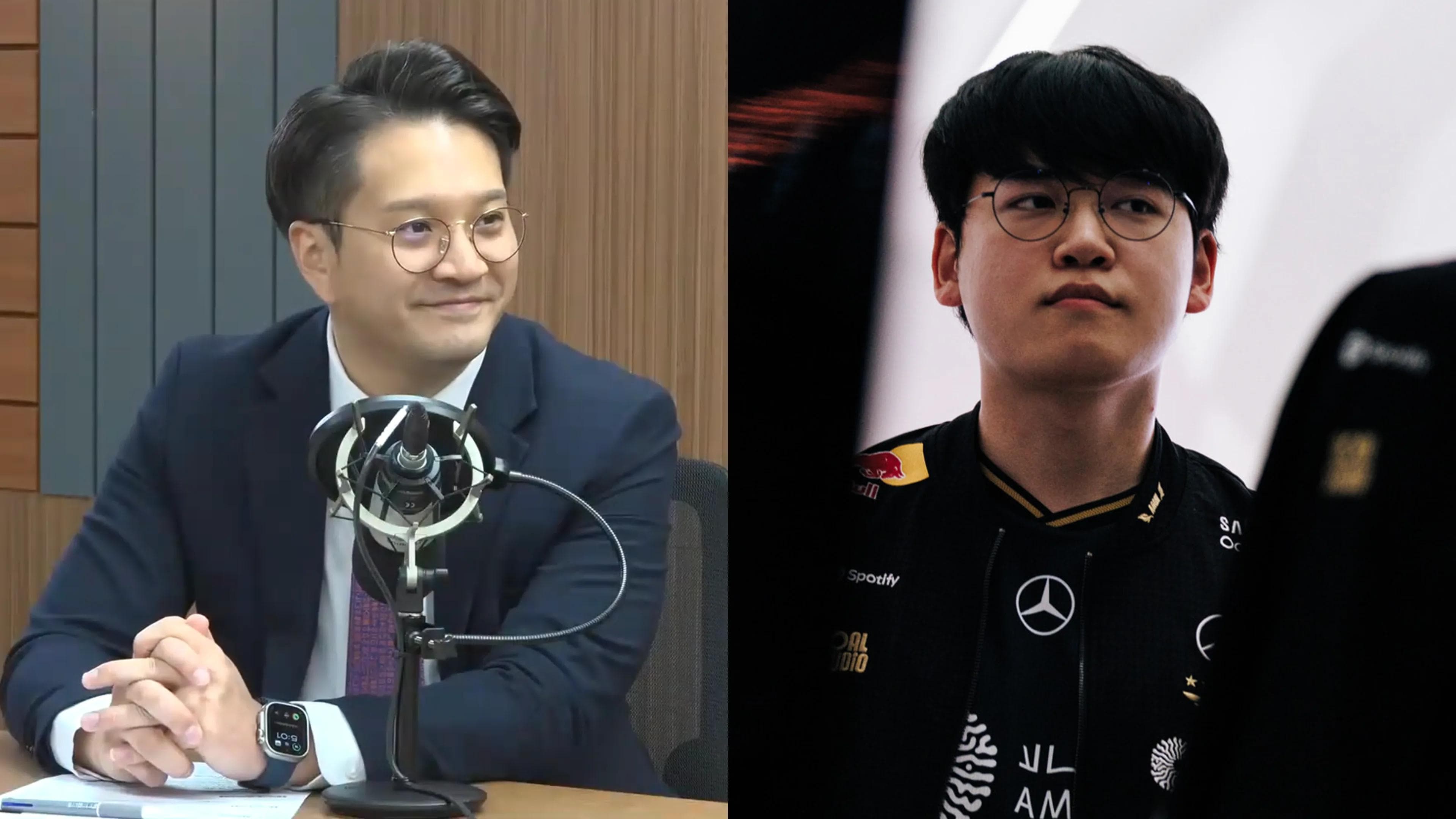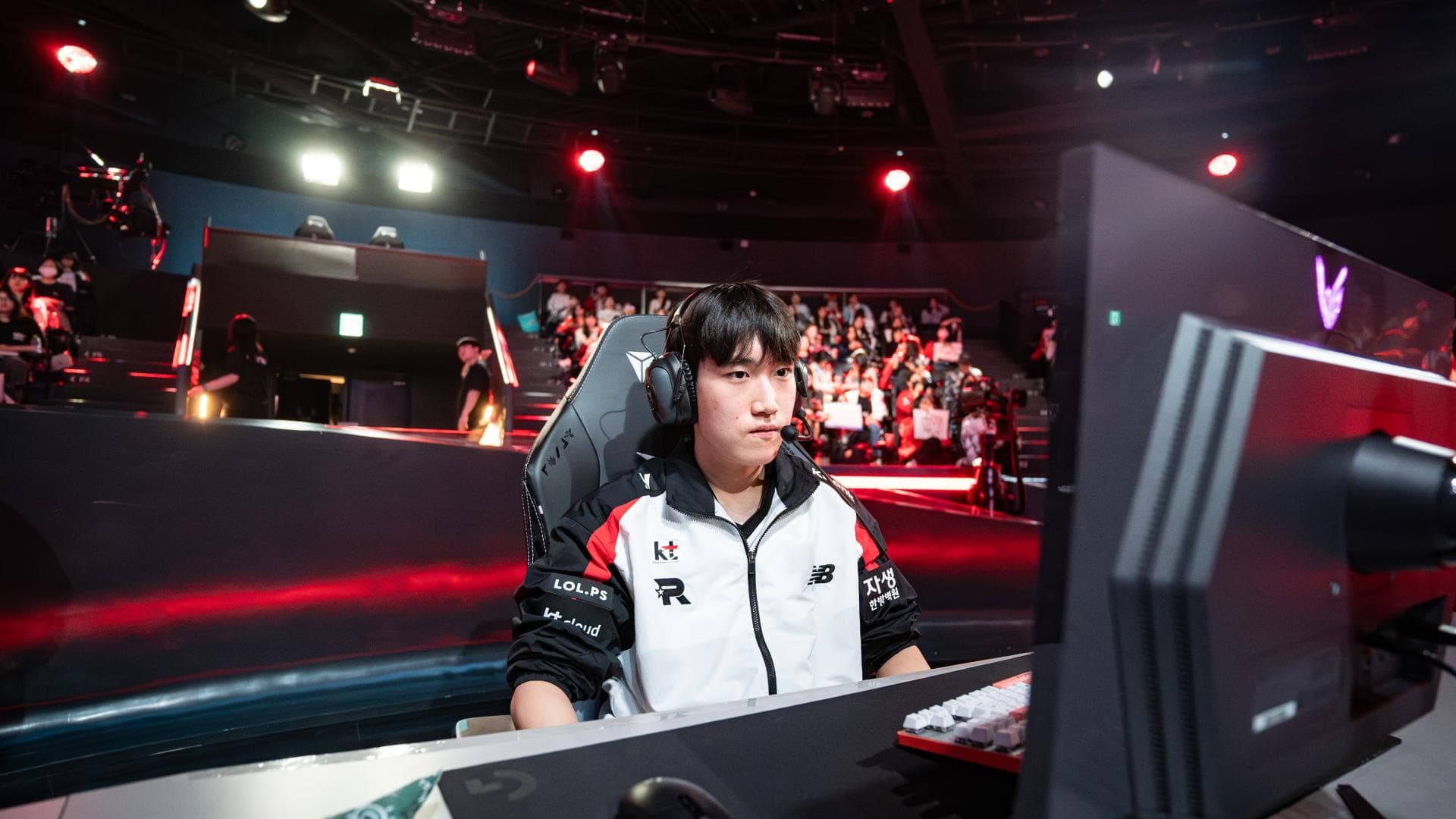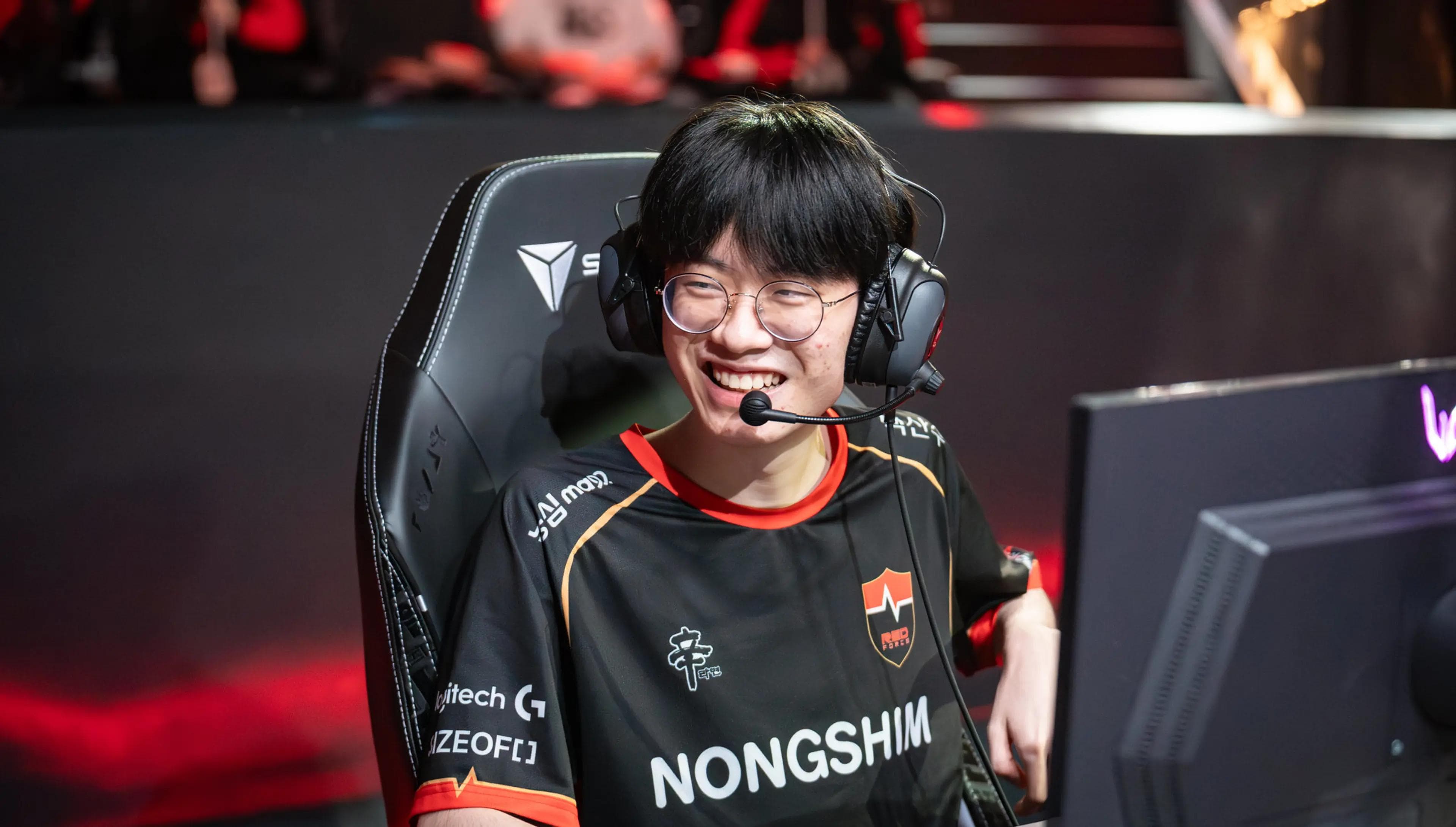All you need to know about Fearless draft
Right after conquering Asian Tier 2 (LDL, LCK CL), the American Academic League (NACL), and more recently, the LPL, Fearless Draft should not take long before also taking over Europe. It seems like the publisher of League of Legends, Riot Games, is willing to globally establish this new game mode. This is further evidenced by the announcement of the third international event, scheduled for 2025, which will adopt this format. So, what is Fearless Draft, and how does it differ from the classic draft mode?
To understand what the Fearless Draft involves, it's worth recalling how classic drafting works. Before each game, the two opposing teams each remove five champions from the list of all champions. The teams ban these champions to better execute their strategy or to deprive an opponent of a champion they excel with. At the end of a "classic" draft phase, ten champions are therefore removed.
Each game, 5 to 10 champions removed
The changes brought by the introduction of the Fearless Draft only concern matches played over several rounds, most often BO3s (best-of-three) or BO5s (best-of-five). In a Fearless Draft match, all the champions played in the previous rounds are permanently withdrawn from both teams for the rest of the series. This means that ten more champions are removed in each round.
However, the banning phase before each game is not affected by the Fearless Draft. This means that in the case of a BO3 that goes all the way to the third round, 30 champions cannot be chosen by each of the two teams: the twenty champions played in the previous two games and the 10 champions banned before the start of the third game. Fearless Draft is currently not the same in all competitions. While this version is used in the LCK CL, for example, variants are applied in other regions.
In the LPL, for example—where the regular season is played entirely in BO3—only the champions chosen by the same team cannot be picked in the next round. This means that only five additional champions are withdrawn per team at the end of each game: the champions that each team played in the previous round. In the case of a BO3 played over three rounds, each team is therefore deprived of twenty champions: the ten it has already played in the two previous rounds and the ten banned ahead of the decisive game.
Entertainment and competitiveness
If Riot Games is looking to globalize this new format within its ecosystem, it's obviously to provide more entertainment for viewers, who will get to watch a greater variety of champions as games progress. However, it's also in the interest of the competition itself. For the past few years, the best teams in the world have been focusing on just a few champions until the meta reaches a significant turning point, so they haven't needed to worry too much about expanding their champion pool. This change of format will force them to increase their workload in this area and will undoubtedly showcase teams' ability to adapt during draft phases.







/Comments
Write a comment